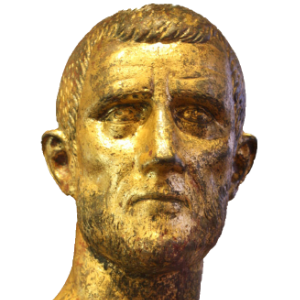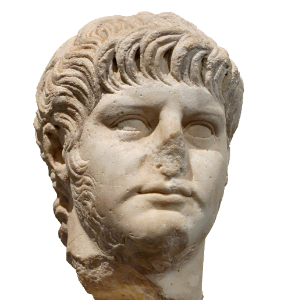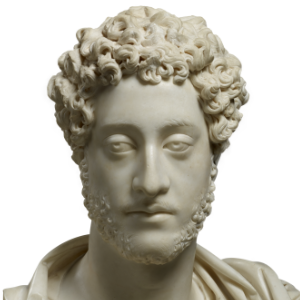Quaere
The New Mithraeum Database
Find news, articles, monuments, persons, books and videos related to the Cult of Mithras.
Your search franz%20valery%20marie%20cumont gave 33 results.
-
Monumentum
Tauroctony of Ottaviano Zeno
In this relief of Mithras as bull slayer, recorded in 1562 in the collection of A. Magarozzi, Cautes and Cautopates have been replaced by trees still bearing the torches.TNMM125 – CIMRM 335
-
Mithraeum
Mithraeum of Qasr Ibn Wardan
According to F. Cumont, the Bedouins told a legend from which Nöldeke concluded that the castle of Quasr-ibn-Wardân was a fort with a mithraeum.TNMM350 – CIMRM 73
-
Monumentum
Triptic of Tróia
The remains of the mithraic triptic of Tróia, Lusitania, were part of a bigger composition.TNMM245 – CIMRM 798
-
Mithraeum
Mithraea of Heddernheim
Since 1826, four mithraea have been found at Nida-Heddernheim.TNMM197
-
Monumentum
Frescoes of 'Magis' from Dura Europos
Some scholars have speculated that the scrolls both figures hold in their hands represent Eastern doctrines brought to the Western world.TNMM372 – CIMRM 44
-
Monumentum
Tauroctony on display in Princeton
This sculpture of Mithras killing the bull may come from Rome, probably found in 1919.TNMM282 – CIMRM 605
-
Syndexios
Thrasyllus of Mendes
Thrasyllus was an Egyptian of Greek descent grammarian, astrologer and a friend of the Roman emperor Tiberius. -
Syndexios
Aurelian
Roman emperor of humble origin who reunited the Empire and repelled the pressure of barbarian invasions and internal revolts. -
Syndexios
Nero
Fifth Roman emperor and last of the Julio-Claudian dynasty, reigning from 54 until his death in 68.



